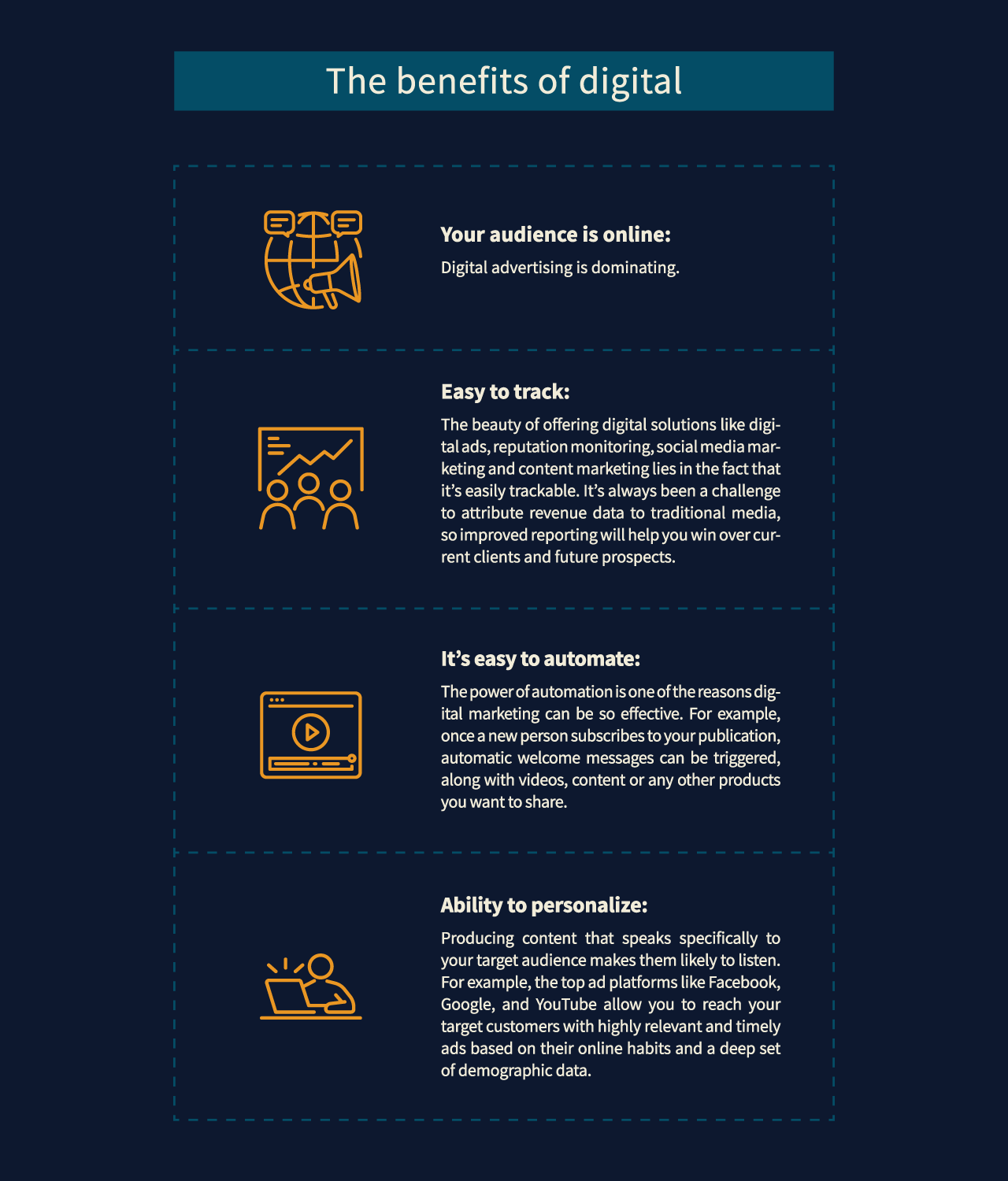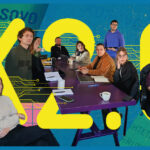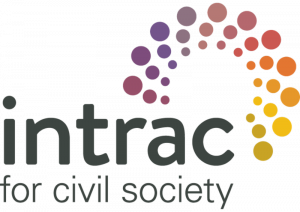Have you ever heard about the Buggles’ hit Video killed the Radio star? Probably even the youngest among our readers have. Many of us heard it on transistor radio, but today, in 2021, the fact is that many Millenials and Gen Z do not even own transistor radio.
Over the last 20 years, the digital age has brought a major shift in how people consume media. In the mid-90s, with the advent of the consumer internet, a mass redirection took place. Consumers' attention went from radios to screens, and hence to visual content. The arrival of YouTube a decade later then heralded the era of online video. Instagram and YouTube influencers largely replaced the TV and the radio anchors in the limelight.
The same happened to the music industry with the slow death of CD, the rise of online piracy, and young radio listeners' exodus to streaming providers. The BBC has found that 15 to 34 year old spend more time listening to Spotify, Apple, Amazon Music than listening to the radio (and watching more Netflix than TV).

So is streaming killing the radio star?
None of this is good news for the commercial radio industry. But hey, to misquote Mark Twain: The report of radio’s death was an exaggeration when Cinema was born, then TV, then Internet. In Serbia, local stations were hit hard. Eighteen years after successfully establishing itself as a trusted brand of regional news, radio StoPlus in the Sandžak of Novi Pazar in Serbia, still cannot rely on the local advertising market or raise income from its audience to sustain its operation.
The digital transition is becoming a life-or-death issue. How to bring in new listeners and meet new listening habits? How to grow audiences? How to monetise? StoPlus staff and manager decided to go digital-first. And they do not lack motivation nor trump cards. StoPlus has proved its resilience by building a successful low-cost business model based on optimising resources and an income generation mix based on marketing and donor support.
“Our strategy is to be seen as a leader on regional and local news, and we reached that position. Our news is correct, true, independent and reliable, as proven by our financial independence or our victory in court trials. Even local enemies of press freedom need reliable information sources to act upon!”
told Journalift Ishak Slezović, Director and editor in chief of Radio StoPlus.

StoPlus, a regional news provider, often pillaged
Indeed, radio StoPlus is better known as a fearless, independent, and reliable regional information provider rather than a radio channel. It’s probably in its DNA: the founder is the BETA Press regional correspondent, and the news agency has provided the business structure for the radio’s operation since its creation in 2003.
Therefore, it’s no surprise to see radioStoPlus.com‘s content spread in many local portals. Sandžak, with its majority Bosnian population, is a special case in Serbia where three competing local political options have each set up their online media they use as loudspeakers to get their views heard. With hardly any staff, these portals populate their news section with stories directly copied from StoPlus’s website for as long as the reports are not damaging to their political lines. Critical stories are either ignored or edited.
In an interview with Journalift, Slezović reported that between mid-December 2020 until early March 2021, 73 stories produced and bylined by StoPlus staff were reused without authorisation, payment, or attribution on taktinfo.rs, sandzacke.rs, sandzakhaber.net, sandzakpress.net.
During an interview with Journalift, leading investigative journalist and deputy editor of StoPlus, Nikola Kočović, spared no criticism for these foreign-registered websites that publish sensationalistic stories and fake news to build an audience and steal StoPlus reports when it suits their interest. He recalls a StoPlus story on how all local political parties were squatting public pavements to park their big cars forcing citizens to walk on the street. After editing out the part concerning the political party they support, each of the mentioned portals published the story as its own, Kočović added.
This cannibalising of StoPlus production is affecting its audience. Radio reaches about 11.000 faithful listeners out of a population basin of 300.000. But the website gathers about 13.000 visitors monthly, i.e. 132.000 users in total in 2020. The competition is fierce and unfair, and the slice of the revenue pie is getting smaller.

Digital First to generate a revenue stream
It is no wonder that the radio intends to go digital-first. With the support of the Media for All programme of the British Council and Thomson Foundation, Slezović wants to reach out to smartphone users with a special app, revamp the website, introduce podcasts and strengthen the production of content adapted to Instagram but also Facebook and YouTube. As a result, he expects more loyal and younger audiences, a tightly knit community of users and ultimately, monetising its content offer.
Indeed, it’s going to be more difficult than ever to survive with radio ad revenues alone going forward. Online digital ad spend in the US reached $83 billion in revenue in 2017, with radio ad spend hovering around 18 billion. This mediocre short-term outlook makes diversification of services crucial at a juncture when local businesses are re-evaluating their marketing priorities with the COVID19 crisis.
By offering a digital solution, a broadcaster can offer a mixture of service packages that combine traditional radio ads with digital marketing solutions.

Digital technology is revitalising audio media. Audio streaming on connected devices is crucial. According to the chief executive officer at Commercial Radio Australia, Joan Warner, about 2.5 million people a week are now streaming radio on their mobile phones in Australia’s five major metropolitan markets, and a further 1.1 million are listening via their home devices. The COVID crisis proved it: news-hungry citizens turned massively to radio, the only media one can follow while driving, moving around or doing something else. Smart speakers are the fastest-growing piece of the radio audience.
There is still a demand for a live radio station if you can make it relevant and something the consumer wants to listen to here and now.
Podcasts and the future of audio
Slezović is right, audio is far from dead. Remember? In 2004, Apple commercialised the iPod, and amateur broadcasters jumped on the opportunity to reach audiences on-demand and started to create podcasts. Ten years later, podcasts enjoyed a standalone app from Apple. Today, podcasts now compete for our ears where FM radio once dominated.
Slezović is shaping an app out to facilitate easy streaming and access to podcasts. The right moment to do so. Premium podcasts might finally go mainstream in 2021, something predicted in the latest Reuters report.
As a news producer, StoPlus can ride on the trends identified by Reuters. Daily news podcasts are a crucial way to attract younger audiences and engage them more deeply with the producer. They can help subscription business models, as daily news podcasts help increase loyalty. Deloitte estimates that the podcast market could exceed $3.3bn globally by 2025 – about three times its current size (though still a tiny fraction of the news industry overall).
The podcasting battle looks like the video-on-demand streaming wars with similar dynamics at play. Big platforms look to directly control the production as well as the distribution of podcasts. Income will continue to come via advertising or the production of brand content. Contribution and donation models are supported by various platforms, including Patreon and are still a model to explore. But subscription is the next big thing with the shift to paid models forecast in 2021.
The technical ability to offer subscription podcasts is now easier with Spotify and Amazon audio. Apple considers adding a subscription service to its podcasting business this year. Apart from platform payments, there’ll be opportunities to sell direct subscriptions via existing podcast apps and new players like Substack that are looking to extend the independent journalist model to audio.

Stepping forward: The year of video podcasts
Reuters reports that 2021 is the year that sees a shift from advertising revenue to direct user revenue. So subscriptions are crucial if you want to harness your audience successfully. And from a large base of free shows, a cohort of subscribers can be enticed to pay for extra audio content. The issue is: how to build your audience.
Many talk-radio channels have increasingly moved to a hybrid audio/video format distributed via YouTube and social media. The Reuters report predicts that the popularity of video podcasts will continue to grow. Spotify’s adoption of the format is set to further drive this format along with the growing popularity of screen-based smart speakers.
In a conversation with the Journalift, Nikola Kocovic recalls that online video debates brought StoPlus the biggest success on social media with a live streaming show about the coronavirus epidemic which reached 76,500 people.
“Due to the coronavirus pandemic, the interest and trust of the population in traditional media (radio and TV stations) has increased, where we see an opportunity for StoPlus. Online live video debates about the coronavirus were the most watched on the Sto Plus website and Facebook page last year, which is an indicator that citizens turn to trusted media in times of crisis.”
StoPlus will be using support from the Media for All programme. It has recruited a video producer, and soon another, to add visuals to its social networks, as it is popular among the younger population. StoPlus intends to launch its Instagram accounts and build on its Facebook and YouTube audiences.
Kočović wants to bring “StoPlus on the map in Serbia, and though many know us already as a media which can be trusted, I believe we are not known by a larger proportion of the population. So I hope that through the content we are going to produce in video format online, we will be more visible and present among the citizen of Sandjak and beyond, in Serbia and among the diaspora.”































